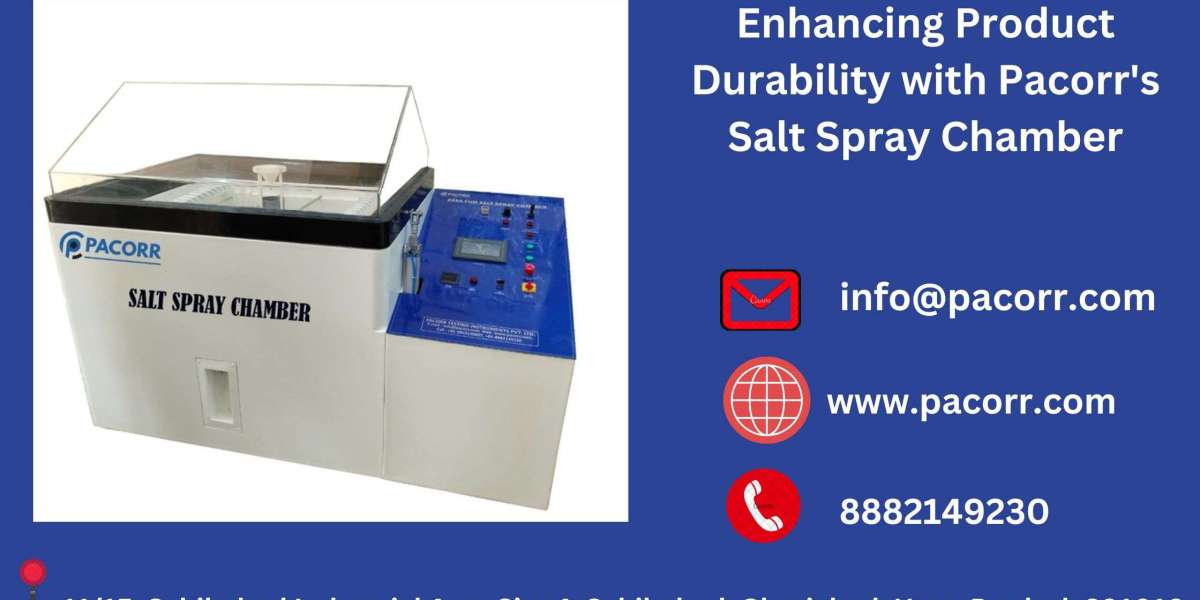In today's fast-paced world, people are increasingly looking for ways to simplify their daily chores, and cleaning is no exception. Gone are the days when mopping floors required buckets of water, messy mop heads, and hours of scrubbing. Enter the robot mop—an innovative cleaning device designed to automatically mop your floors, saving you time, energy, and effort.
Robot mops are quickly becoming a household essential for those who want a cleaner home without spending hours on their hands and knees. These intelligent devices are equipped with advanced sensors, powerful motors, and smart navigation to provide a spotless finish with minimal human intervention. Whether you are looking to clean hard floors, tile, or laminate surfaces, a robot mop offers a convenient and effective solution.
In this article, we will explore how robot mops work, their benefits, the different types available on the market, and provide recommendations for the best models currently available.
What is a Robot Mop?
A robot mop is an autonomous cleaning device designed to mop floors automatically. Similar to robot vacuums, robot mops use sensors and navigation systems to move around a room, cleaning the floor with water or a cleaning solution. They are equipped with microfiber mop heads or pads that are either dampened with water or soaked in a cleaning solution. The robot moves across the floor, scrubbing and wiping away dirt, stains, and spills.
Robot mops are designed to work on various floor types, including hardwood, tile, marble, and laminate. While they are not intended to replace deep cleaning or scrubbing, they are perfect for maintaining clean floors by providing regular light cleaning and touch-ups.
How Do Robot Mops Work?
Robot mops combine features from both traditional mops and robotic vacuums, with some models even offering a hybrid of both vacuuming and mopping in one device. Here's a breakdown of how these smart cleaners work:
1. Navigation and Sensors
Robot mops are equipped with a variety of sensors that allow them to navigate around obstacles, avoid falling off edges, and map the cleaning area. These sensors ensure the robot moves around your home methodically, covering every inch of the floor.
Basic Models: These robots typically use infrared or bump sensors to detect obstacles and change direction when they encounter them.
Advanced Models: Higher-end robot mops come with LIDAR (Light Detection and Ranging) or camera-based mapping systems, which enable the device to create detailed maps of your space. These mops can plan cleaning routes and avoid repeating areas, ensuring a more efficient clean.
2. Water Tank and Mop Pads
Most robot mops have a water tank that holds either water or a cleaning solution. The robot dispenses water onto the mop pads, which are then used to scrub and wipe the floor. The mop pads are usually made of microfiber or similar materials, which are effective at picking up dirt, dust, and debris.
Wet Mopping: The robot mops can perform a full wet clean, where the mop head is dampened, allowing the robot to effectively remove stains and dirt.
Dry Mopping: Some robot mops are designed to perform dry cleaning with specialized pads for dusting or light touch-ups, though wet mopping is more common for deeper cleaning.
3. Suction Power and Drying Functionality
Many high-end robot mops come with suction functionality. In these hybrid models, the robot will first vacuum up dirt and debris before switching floor washing robots to mopping mode. This dual-action makes robot mop-vacuum hybrids perfect for homes with dust, dirt, and spills on a daily basis.
Moreover, some models come equipped with a drying function, ensuring that your floors dry quickly after mopping. This is especially important for hardwood floors, which are susceptible to water damage if left wet for too long.
4. Self-Charging
Like robot vacuums, most robot mops are designed to return to their charging stations when their battery is low. This self-charging feature allows the device to recharge automatically between cleaning sessions, ensuring it is ready for the next round of mopping.
Benefits of Using a Robot Mop
Using a robot mop has several advantages that make it a worthy investment for any home. Here are some of the key benefits:
1. Time-Saving
One of the biggest advantages of a robot mop is the time it saves. Rather than spending an hour or more mopping the floor, a robot mop can autonomously clean your floors while you focus on other tasks or relax. You can schedule cleaning sessions for when you’re away from home, ensuring your floors are clean by the time you return.
2. Efficient Cleaning
Robot mops are designed to cover every inch of the floor efficiently. Advanced models use smart navigation systems that ensure no area is left untouched. The robot will move back and forth across the room, cleaning corners, edges, and difficult-to-reach spots. Additionally, because robot mops use microfiber or similar materials, they are excellent at trapping dust, dirt, and even pet hair.
3. Consistent Results
With regular use, robot mops provide consistent cleaning results. They are ideal for maintaining clean floors in between deep cleaning sessions, making them a great tool for households with children or pets. You won’t need to worry about missed spots or uneven cleaning, as the robot will handle it for you.
4. Low Maintenance
Robot mops are relatively low-maintenance devices. Most models come with washable mop pads that can be reused multiple times, reducing the need for disposable cleaning supplies. Additionally, the water tank and cleaning solution can be easily refilled when necessary, ensuring that the robot is always ready to clean.
5. Ideal for Hard-to-Reach Areas
One of the standout features of robot mops is their ability to clean under furniture and in corners. Traditional mopping often leaves spots in these hard-to-reach places, but robot mops can easily navigate around obstacles and clean the entire floor, including areas that are typically missed by manual cleaning methods.
6. Perfect for All Floor Types
Robot mops are versatile enough to handle various floor types, including tile, laminate, vinyl, and even hardwood. Their soft mop heads are gentle enough for delicate surfaces, yet strong enough to tackle everyday dirt and spills. This makes robot mops suitable for all homes, from those with hardwood floors to those with tiled kitchens or bathrooms.
Types of Robot Mops
Robot mops come in different models, with some designed solely for mopping and others offering vacuuming capabilities as well. Below are the main types of robot mops available:
1. Standalone Robot Mops
These robots are designed exclusively for mopping. They are usually lighter and more affordable than hybrid models, making them an excellent choice for homes that need primarily wet mopping. Standalone mops may not have suction capabilities, but they still offer great floor cleaning performance.
2. Hybrid Vacuum and Mop Robots
Hybrid robots combine vacuuming and mopping into one device, making them a two-in-one solution for cleaning your floors. These robots first vacuum up dirt and debris and then switch to mopping mode to clean any remaining mess. These models are ideal for homes with both hardwood floors and carpets, as they can perform both tasks with ease.
3. Wet and Dry Mopping Robots
Some robot mops are designed to handle both wet and dry mopping. These robots are great for homes that need regular dusting and occasional wet mopping for deeper cleaning. They are versatile and can be used daily to maintain cleanliness without requiring extensive setup or effort.
Top Robot Mops on the Market
There are many robot mops available, each offering different features and capabilities. Here are some of the top models currently on the market:
1. iRobot Braava Jet m6
The iRobot Braava Jet m6 is one of the most advanced robot mops available. It features smart navigation, mapping, and a powerful spray system that allows it to clean large areas with ease. It can also be controlled via an app or voice commands, making it easy to schedule and monitor cleaning sessions.
Key Features:
Precision Jet Spray
Smart Mapping Technology
Can clean up to 1,000 square feet
Virtual Walls to block off certain areas
2. Roborock S7
The Roborock S7 is a hybrid robot vacuum and mop, offering powerful suction and effective mopping capabilities. It features Sonic Mopping technology, which allows the mop to scrub the floor in a back-and-forth motion for a more thorough clean.
Key Features:
Powerful suction and vacuuming
Sonic Mopping Technology for deep cleaning
App control and scheduling
Multi-floor mapping
3. Ecovacs Deebot Ozmo T8 AIVI
The Ecovacs Deebot Ozmo T8 AIVI is another hybrid robot that combines vacuuming and mopping. It uses artificial intelligence to avoid obstacles and clean effectively across large spaces.
Key Features:
AIVI technology for smart navigation
2-in-1 vacuum and mop functionality
High-efficiency filtration system
Up to 180 minutes of cleaning time
Conclusion
A robot mop is an invaluable tool for anyone looking to simplify their cleaning routine and maintain spotless floors effortlessly. Whether you opt for a standalone mopping robot or a hybrid model that combines vacuuming and mopping, these intelligent devices save time, reduce manual effort, and deliver consistent cleaning results. With features like smart navigation, powerful suction, and versatile mopping capabilities, robot mops are quickly becoming a must-have in modern homes. Say goodbye







